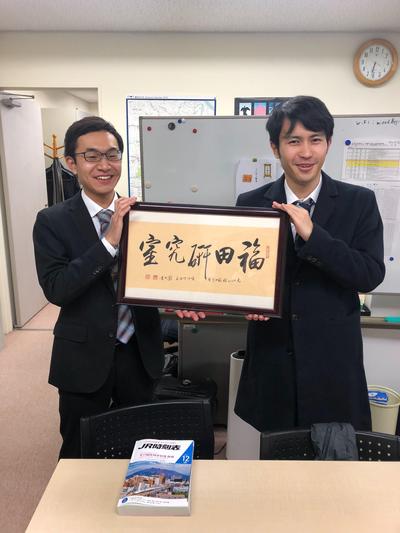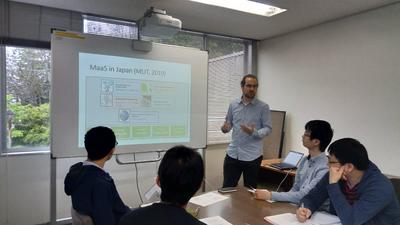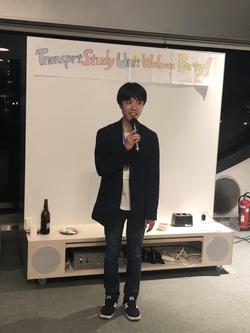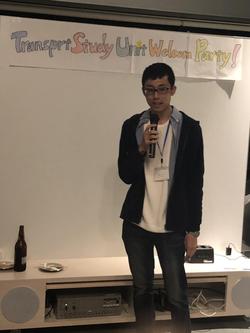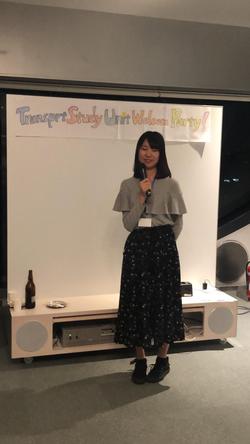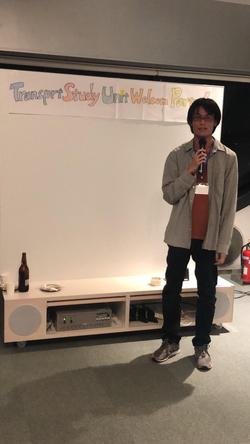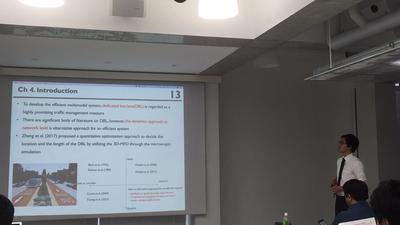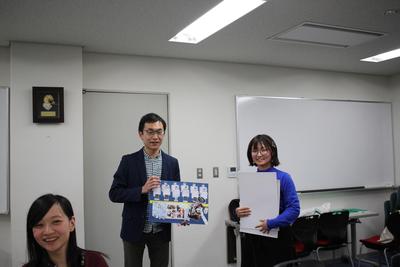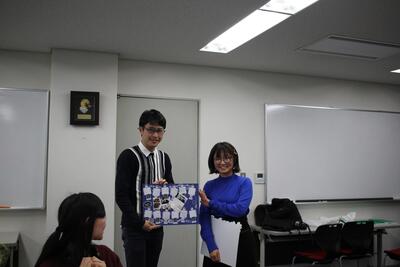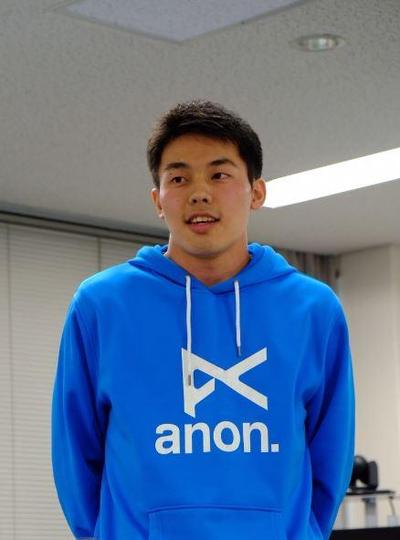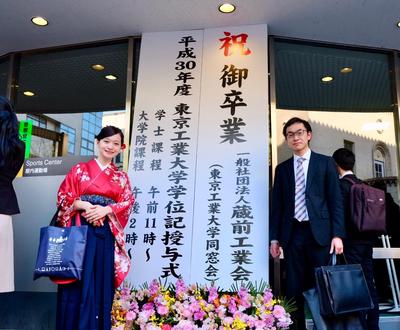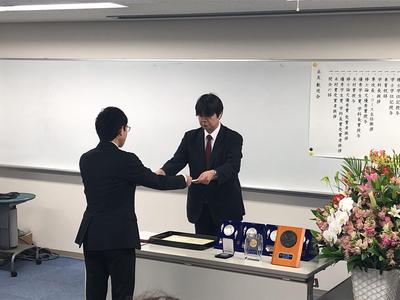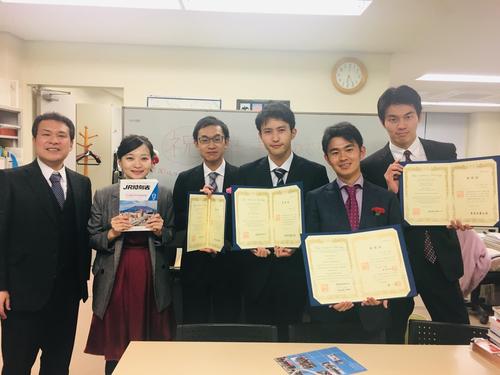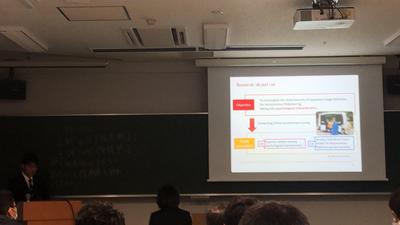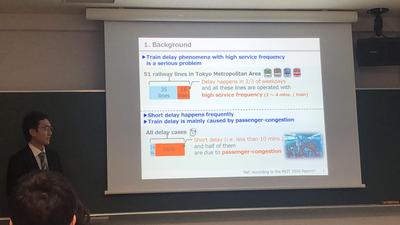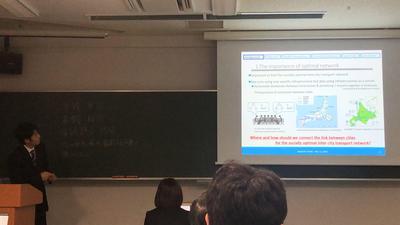The 1st learning seminar in 2019
[2019/05/07]
In the first basic seminar of this year, Mr. Kawai (M2) introduced R, a free software and programming language for statistical analysis. I think this seminar covered the basics of data aggregation in a nutshell. Programming is a skill that can only be mastered by actually writing with your hands, so let’s keep up the good work!
In 2019, each student will be in charge of a 90-minute presentation, and the seminar will mainly focus on programming implementation exercises.
*As a start-up, Fukuda Laboratory conducts a basic seminar on the basic theories (traffic behavior and traffic networks) necessary for traffic analysis in the first 2-3 months of the fiscal year. 2018 fiscal year, the seminar will focus on two topics, “traffic behavior analysis” and “traffic network analysis,” with the aim of learning basic theories and application methods (e.g., programming skills). (Kawai).
The 1st lab seminar in 2019
[2019/04/25 ~ 04/26]
The first lab seminar of this year was led by Ms. Salsa (M2), Mr. Azarel (D1), and Mr. Gabe (M1) from the University of the Ryukyus. The laboratory seminar is an opportunity for the presenters to explain their research in broad strokes, with the aim of sharing their research with the rest of the laboratory.
Ms. Salsa analyzed the impact of TOD (development along rail lines) on land prices in the Tokyo metropolitan area using regression analysis, and Mr. Azarel presented a literature review on MaaS (Mobility as a Service) in Japan and abroad.
Mr. Gabe from Kamiya Laboratory, University of the Ryukyus, stayed at our lab for two weeks until today and presented his research on the analysis of a tourism flow survey using Wi-Fi packet sensors. It was a short stay, but a fun one! See you again! (Kawai)
TSU Welcome Party
[2019/04/22].
The annual TSU welcome party was held again this year. TSU (Transport Studies Unit) is a joint gathering of five transportation planning laboratories for seminars and events. I believe that we were able to deepen exchanges beyond the boundaries of the laboratories today.
We also asked each new student to introduce himself/herself and tell us something interesting that happened to him/her recently! Everyone has an interesting story. I am looking forward to seeing them in the future!
New members (April 2019)
[April 10, 2019]
Four new members joined our lab this April!
◯Undergraduate students, B4
Ms. Keiko Tabuchi
Mr. Kenta Ukai
◯Master’s students, M1
Mr. Hiroki Koyata
Mr. Hiroki Koyata
Also, Mr. Arata Gabe (M1) from Kamiya Laboratory, University of the Ryukyus, will be staying with us for 3 weeks. Our laboratory has become lively again.
Let’s work hard together in the lab from now on! (Kawai)
Interim Review of the Doctoral Thesis (Mr. Dantsuji)
[2019/04/10]
The interim review of the doctoral thesis was held and Mr. Dantsuji (D3) from our laboratory presented his paper. His research is titled “Modeling and Optimizing Multimodal Urban Transportation Systems: A Macroscopic Approach” and is based on a 3D-MFD (Three-dimensional Macroscopic Fundamental Diagram) to capture the congestion of cars and buses, and proposed a modeling and optimization method for efficient transportation systems. (Submitted by Kawai)
Lab Farewell Party 2019
[2019/3/28]
We held a farewell party for the M2 seniors who recently graduated.
Current students gave some colored papers to the M2s! Ms. Wang (M1) took the lead in making the colored paper.
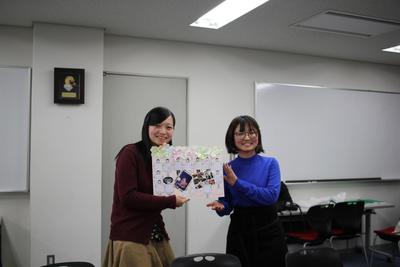
We also got all sorts of gifts from the M2 seniors!

In addition, continuing from the previous day, the M2 students spoke one by one about their life in the lab and their aspirations for the future!
Come to think of it, it’s been a while since we’ve taken a group photo!

I would like to thanks the M2 seniors for everything they have done for me by taking this opportunity.
I hope we can get together like this again! We look forward to seeing with you in the future. (Kawai)
Graduation Ceremony and TSU Farewell Party
[2019/03/26]
Here’s the photo section from the recent graduation ceremony, congratulations to our B4s and M2s!
They look dazzling in their gowns and furisode!
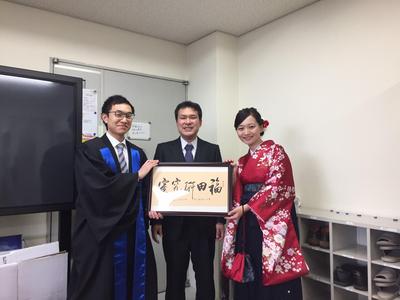
Here are two graduates from the Urban Environmental Studies course!
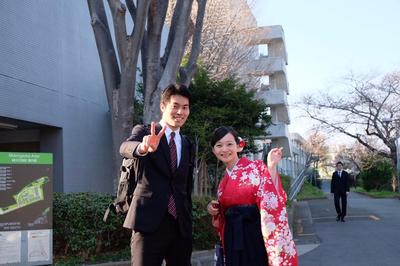
Next, each course of study was followed by a degree conferment ceremony.
After the graduation ceremony, we held a farewell party for the five TSU laboratories, where the B4 and M2 graduates spoke one by one about their lives at the university and in the laboratory, as well as their aspirations for the future. We hope that you will have many opportunities to interact with us in the future, and we look forward to seeing in the future!
2018 Graduation Ceremony (26th March)
The graduation ceremony for the academic year 2018 was held successfully. Ms. Noriko Kaneko, Mr. Arata Hirabayashi, Mr. Masahiro Imaoka, and Mr. Arata Suzuki graduated from the master course, while Mr. Yusuke Kita graduated from the bachelor course. They all worked hard from morning till night on their research. We wish them further success in their studies. Congratulations! (Fukuda).
Presentation of the graduation dissertation
[2019年2月19日]
Today, the undergraduate graduation thesis presentation of the Department of Civil and Environmental Engineering was held, and Mr. Kita (B4) from our laboratory presented his thesis.
Mr. Kita developed and analyzed a questionnaire survey based on the Stated Preference (SP) method. It was to investigate the intention to use a ride-sharing system with fully-automated vehicles.
The results of the analysis suggested that high preference for new products and general risk aversion tend to influence the intention to use the service, and that a small number of people of the same gender riding in the vehicle is preferred when using the service.
Today, all the undergraduate and master’s thesis submissions and presentations were completed, so we had a launch party after the thesis presentations!
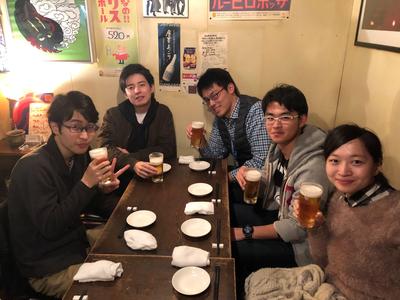
Master’s thesis presentation [Civil Engineering Course]
[2019/02/12]
Today, the master’s thesis presentation of the Civil Engineering course was held. (M2 students) Mr. Suzuki and Mr. Imaoka from our laboratory gave their presentations. All the presentations and Q&A sessions were conducted in English, and thanks to their hard practice, everyone presented in fluent English. Thank you very much for your presentation!
In addition, there were many questions from professors from other fields other than civil engineering, and there was a lively discussion during today’s presentations. Thanks to all the professors who asked questions.
